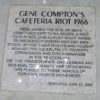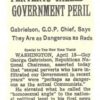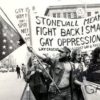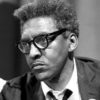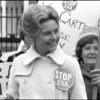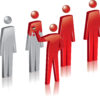
In this lesson students learn about the divers perspectives and organizations that shaped the movement for LGBTQ equality from the 1950s through the 1970s. Students will participate in a simulation where they play the role of members of specific, historically significant organizations that emerged in the LGBT movement between 1950-1970s, trying to form a united coalition and make decisions about the big political questions of the day. Students will have to collaborate to write and present statements that represent their organization’s perspective in a political conference that will last 3 rounds. In each round they will discuss and debate a major event/topic in the historical LGBT movement. Then they will vote on proposals. Ostensibly, the group will try to reach consensus but the goal is greater understanding of the arguments, experiences and material conditions that shaped the movement.
This lesson aligns with LGBT history month and could be incorporated into a larger unit on the Civil Rights movement (understanding the mechanics of movement building, how oppressed groups achieved civil rights).
Students will be able to: analyze the historical context and major political ideas in the movement for LGBT right between 1950-1975. Students will read, discuss and analyze primary and secondary source historical documents in small groups. Students will collaborate to write and orally present historical arguments in a simulated political conference.


